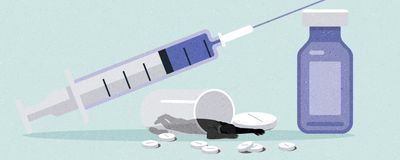Login
SubscribeFeatures
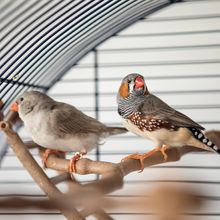
Animal Divorce: When and Why Pairs Break Up
Catherine Offord | Jun 1, 2022 | 10+ min read
Many species of birds and other vertebrates form pair bonds and mate with just one other individual for much of their lives. But the unions don’t always work out. Scientists want to know the underlying factors.
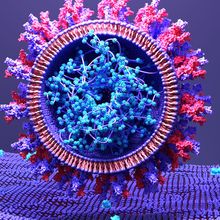
Viruses Target Super-Short Protein Motifs to Disrupt Host Biology
Conchita Fraguas Bringas and Jakob Nilsson | May 16, 2022 | 10+ min read
Only recently appreciated as critical components of cellular functions, unstructured stretches of amino acids called SLiMs are key to viral-host interactions.

New Evidence Complicates the Story of the Peopling of the Americas
Emma Yasinski | May 2, 2022 | 10+ min read
New techniques have shown that people reached the New World far earlier than the long-standing estimate of 13,000 years ago, but scientists still debate exactly when humans arrived on the continent—and how.
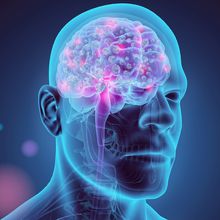
Is the Immune System to Blame for Schizophrenia?
Diana Kwon | Apr 18, 2022 | 10+ min read
Several lines of evidence suggest that targeting the body’s defense pathways might help treat a subset of people with the psychiatric disorder. But many open questions remain.
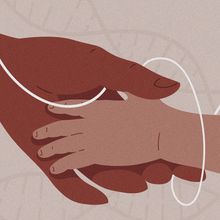
Does Human Epigenetic Inheritance Deserve a Closer Look?
Catherine Offord | Apr 4, 2022 | 10+ min read
The concept of epigenetic inheritance has long been controversial. Some researchers hope that new data on cross-generational effects of environmental exposures will help settle the debate.
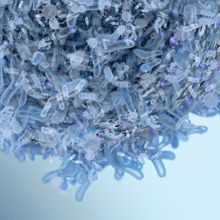
Could Cancer’s Microbiome Help Diagnose and Treat the Disease?
Jef Akst | Mar 14, 2022 | 10+ min read
A growing appreciation of the bacterial assemblages that live within tumors has researchers striving to understand and capitalize on their role.
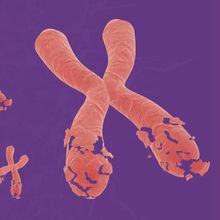
How Chaos in Chromosomes Helps Drive Cancer Spread
Samuel F. Bakhoum | Mar 1, 2022 | 10+ min read
A new link between inflammation and rampant chromosomal abnormalities reveals novel strategies to treat diverse malignancies.
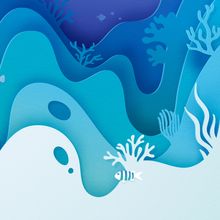
Environmental Memory: How Corals Are Adjusting to Warmer Waters
Amanda Heidt | Feb 14, 2022 | 10+ min read
Corals that previously experienced heat stress respond better the next time around. Researchers are trying to figure out how, and hope to one day take advantage of the phenomenon to improve coral restoration efforts.

Cell Chirality Offers Clues to the Mystery of Body Asymmetry
Catherine Offord | Feb 1, 2022 | 10+ min read
Researchers explore the idea that molecular patterns in individual cells could underlie the development of a left and a right in animals.
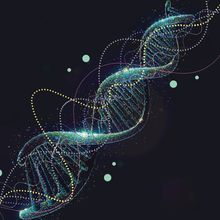
Adapting with a Little Help from Jumping Genes
Christie Wilcox, PhD | Jan 17, 2022 | 10+ min read
Long lambasted as junk DNA or genomic parasites, transposable elements turn out to be contributors to adaptation.
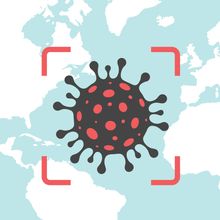
The Hunt for a Pandemic’s Origins
Martha Nelson | Jan 4, 2022 | 10+ min read
Dozens of researchers, including myself, worked for years to uncover that swine flu had leapt to humans from a pig in Mexico in 2009. We learned a lot about influenza evolution, pig farming, and outbreak risk along the way.
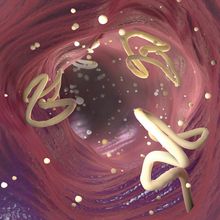
Return of the Worms
Catherine Offord | Dec 1, 2021 | 10+ min read
Immunologists and parasitologists are working to revive the idea that helminths, and more specifically the molecules they secrete, could help treat allergies and autoimmune disease.
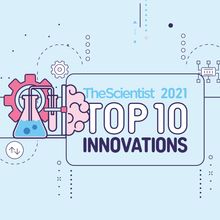
2021 Top 10 Innovations
The Scientist Staff | Dec 1, 2021 | 10+ min read
The COVID-19 pandemic is still with us. Biomedical innovation has rallied to address that pressing concern while continuing to tackle broader research challenges.
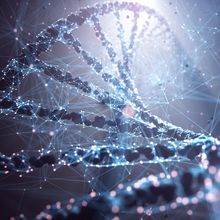
Enhancers: Conserved in Activity, Not in Sequence
Jack J. Lee | Nov 1, 2021 | 8 min read
Certain stretches of DNA that regulate gene expression have evolved differently from protein-coding genes.

Embryonic Eavesdropping: How Animals Hear and Respond to Sound
Amanda Heidt | Nov 1, 2021 | 10+ min read
Recent findings buck the traditional idea that embryos are passive agents and instead suggest that by tuning into vibrations, organisms can better prepare to enter the outside world.

Is Your Brain Wired for Numbers?
Catherine Offord | Oct 1, 2021 | 10+ min read
Our perception of quantity, separate from counting or estimation of magnitude more generally, is foundational to human cognition, according to some neuroscientists.
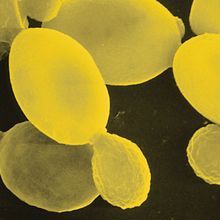
Yeast Models Provide New Insights into Neurodegenerative Diseases
Mahlon Collins | Oct 1, 2021 | 10+ min read
The single-celled fungus allows researchers to study Alzheimer’s, Parkinson’s, ALS and other brain diseases with unparalleled speed and scale.
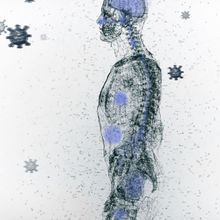
SARS-CoV-2’s Wide-Ranging Effects on the Body
Diana Kwon | Sep 1, 2021 | 8 min read
Researchers’ painstaking examinations have begun to reveal how the virus wreaks havoc in multiple organs and tissues.

Mechanisms of Long COVID Remain Unknown but Data Are Rolling In
Sruthi S. Balakrishnan | Sep 1, 2021 | 10+ min read
A year and a half into the pandemic, the long-term effects of SARS-CoV-2 infection are garnering more research attention as millions of long COVID patients emerge.
